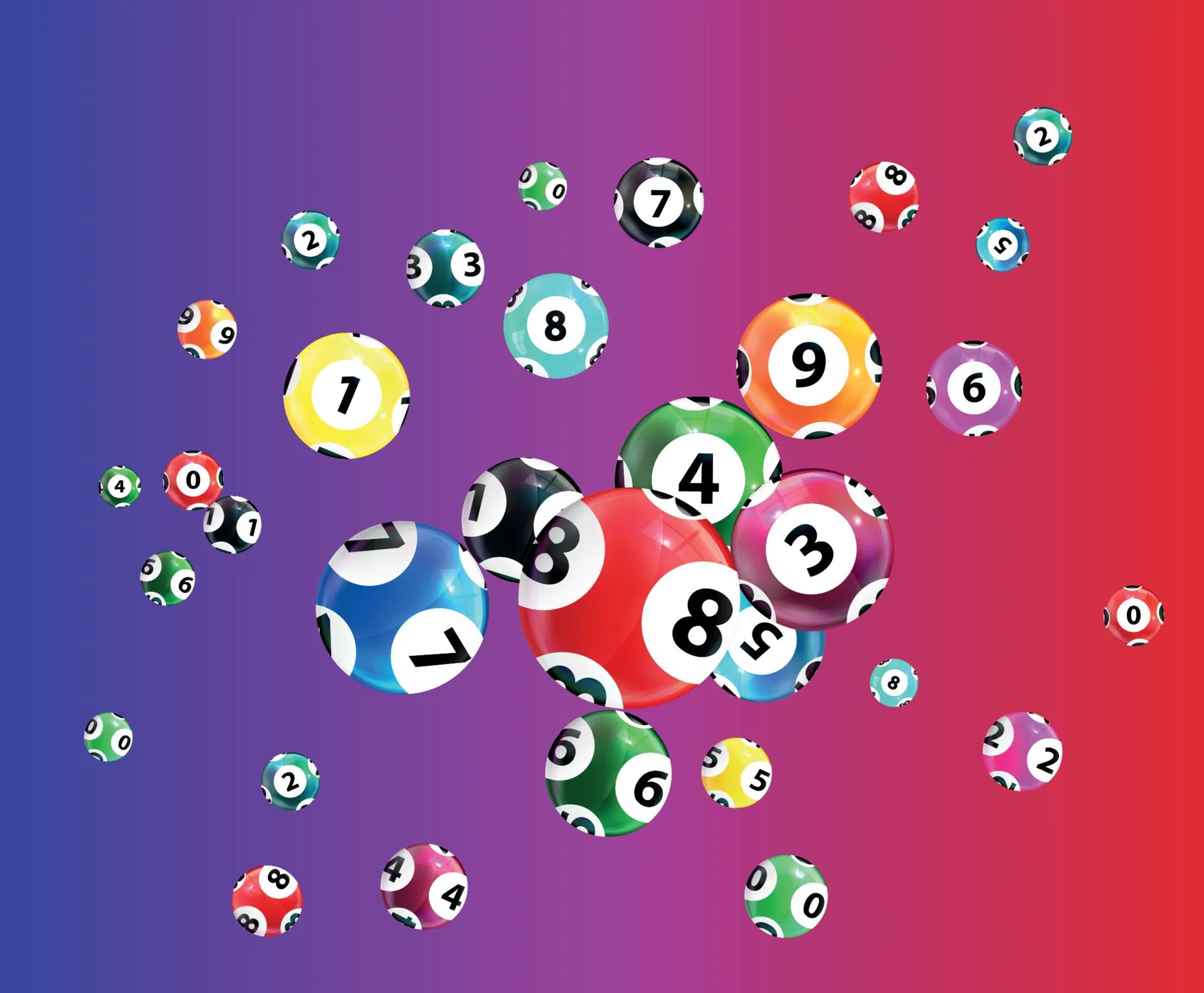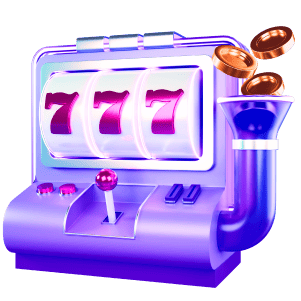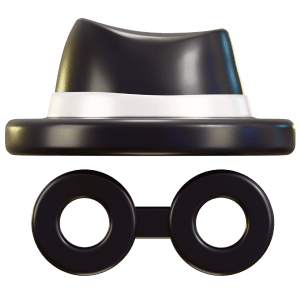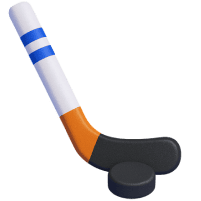So you’ve mastered the basic blackjack rules, how to play, know the tips, even carry a basic blackjack strategy card in the wallet like it’s a badge of honor. Great start, but if you’re still getting crushed at the casino, it’s time to level up. Welcome to the world of advanced blackjack strategy.
Forget the simple blackjack strategy and start thinking like a mathematician at the blackjack table strategy. Because guess what? Is blackjack 50/50? Not even close. The house always starts with an edge, and your job is to chip away at it — card by card, hand by hand. Let’s go beyond the basics and uncover the secrets of winning consistently at blackjack.
Advanced Card Counting Systems
Card counting isn’t just for MIT geniuses in Hollywood movies. It’s real, it works, and it’s legal, unless you’re being obvious about it, in which case the dealer will suddenly become very interested in your shoe size.
Basic systems like Hi-Lo are great, but advanced blackjack strategy demands something more precise. Enter Omega II, Zen Count, and Wong Halves.
- Omega II assigns values from -2 to +2 across different cards, offering better resolution than basic systems.
- Zen Count weighs cards based on how much they shift the house edge. It’s more complex but deadly accurate when mastered.
- Wong Halves? It assigns fractional values, like +0.5, which sounds annoying until you realize you’re winning more than you’re losing.
To get good at this, you’ll need more than just counting skills. You’ll need to track the true count — not just the running count, adjust for the number of decks, and stay composed at the table while some tourist loudly asks “if on 16 is good”.
Used well, these systems can reduce the house edge from 0.5% to negative numbers — giving you the advanced edge.
Optimal Bet Sizing and Bankroll Management
Here’s the ugly truth: even with flawless BJ strategy, one can still lose everything if the bet sizing is wrong. That’s where many players fall flat, because they focus entirely on blackjack card strategy but ignore money discipline. Enter the Kelly Criterion: a proven formula, hinting how much to bet according to the edge and current bankroll.
Let’s break it down in practice. Say your edge is 1%, and your total bankroll is $10,000. Kelly says you should bet roughly $100 on that hand. If your edge drops to 0.5%, you cut your bet in half to $50. It’s all about scaling correctly to avoid ruin. A lot of amateurs either under-bet — playing it too safe and missing upside, or over-bet — getting greedy and going broke after a few unlucky cards.
Professional players follow strict bankroll rules. Golden rule? Never bet more than 5% of your total bankroll on a single hand, and even that’s aggressive by many standards. You also want to adjust your bet size only when the count is clearly positive, and you’re ahead in the game. That’s when your strategy pays off.
Another powerful tactic is setting session limits. For example, walk away if you’re down $300 or up $500. These limits help avoid tilt and protect profits. Variance is a beast, even the best strategies for blackjack can’t prevent short-term downswings. That’s why solid bankroll management is just as important as knowing your blackjack table strategy.
It’s not flashy, but it’s how you stay in the game long enough to let the math work its magic. Combine smart bet sizing with a disciplined mindset, and you’re already ahead of most blackjack players at the table.
Shuffle Tracking Techniques
Think the game resets with every shuffle? Think again. Shuffle tracking is one of the most underrated tools in the blackjack advanced strategy arsenal — and yes, it works. This technique involves identifying and following clusters of high-value cards — typically 10s and Aces, through the shuffle so you can predict when they’ll be dealt.
Here’s the gist: throughout a shoe, you mentally tag cards as they’re discarded. When a group of strong cards, say, 10-J-Ace—appears close together, that’s a “slug”. You then watch how the dealer shuffles and try to trace where that slug ends up in the new deck order. If done correctly, you’ll know when that clump is likely to resurface during the next few hands.
Let’s say you spot one of these slugs being moved near the front of the shoe. When play resumes, and the table approaches that section, you increase your bet. Suddenly, you hit a blackjack while the dealer busts, and it looks like luck, but it’s all strategy.
The hard part? Each casino has different shuffle routines. Some use continuous shuffling machines — avoid those, while others use hand shuffles with visible patterns. The latter is where the real gold lies.
Pro tips:
- Prioritize single-deck and double-deck games with hand shuffling.
- Watch for players leaving mid-shoe, which affects slug locations.
- Focus your tracking during discard to spot potential high-card clumps.
When applied correctly, shuffle tracking can improve your edge by 0.5% to 1%. That might seem small, but in blackjack, every fraction of an edge adds up. Over 1,000 hands, that’s the difference between break-even and walking away a consistent winner.
Ace Sequencing Fundamentals
Ask any seasoned blackjack pro, and they’ll agree: nothing beats the rush of predicting an Ace before it hits the felt. That’s the essence of ace sequencing — an advanced technique where observant players identify patterns to forecast when an Ace will appear during the game.
Here’s how it works in detail:
— During play, you take note of the cards that were directly next to an Ace before the shuffle — these are your “key cards”.
— After the shuffle, you carefully follow where those key cards end up in the deck.
— When you spot these cards being dealt again, you recognize the sequence and bet big, knowing the Ace is likely next in line.
It’s not guesswork or gambling folklore — it’s pure pattern recognition, honed through practice and attention to detail.
For example: imagine that before the shuffle, a 5, 3, and Queen were immediately adjacent to an Ace. If that same 5-3-Queen sequence appears during the game, it’s your signal to act. You’re not hoping — you’re applying advanced blackjack theory in real time.
This method demands a slow, hand-shuffled game, and a disciplined memory. It’s complex, but when executed correctly, the reward is massive: pulling a natural blackjack because you read the deck like a book.
Composition-Dependent Strategy Deviations
Here’s a problem: basic blackjack strategy card: dictates how to act according to total value, not what’s in your hand.
Let’s say you’ve got 16. The basic chart tells you to hit against a 10. But what if it’s a 10-6 versus an 8-8? That matters.
Composition-dependent strategy deviations consider which cards make up your hand, not just the total. Smart players use this to avoid traps like doubling with a soft 18 — Ace-7, against a 9.
Here are some real examples:
- Standing on 12 vs. 4 if it’s 10-2 — bad to hit that
- Doubling 9 vs. 2 if it’s 5-4 — more high cards left in shoe
- Not splitting 4-4 vs. 5 in some games because it exposes you to high variance
These are small edges — but in blackjack, small edges are everything. This separates blackjack table strategy masters from casual gamblers.
Eager to win consistently? In this case, blackjack perfect strategy can’t plainly mean memorizing a blackjack basis strategy or downloading an online blackjack strategy guide. You’ve got to understand blackjack whole theory, explore blackjack card strategy, and go beyond the simple blackjack strategy most websites teach.
If you’re serious, keep studying. Practice with simulators. Study blackjack casino guide resources. And yes, read up on baccarat strategy while you’re at it, because the same math-loving brain can master both. Now go crush it. And maybe tip your dealer if you’re feeling generous.
Whether you’re after black jack strategies, blackjack moves, or just tired of asking yourself, “Is this the best strategy for blackjack?” — you’re now miles ahead. Let the amateurs argue over blackjack strategies while you play the long game with real edge.































